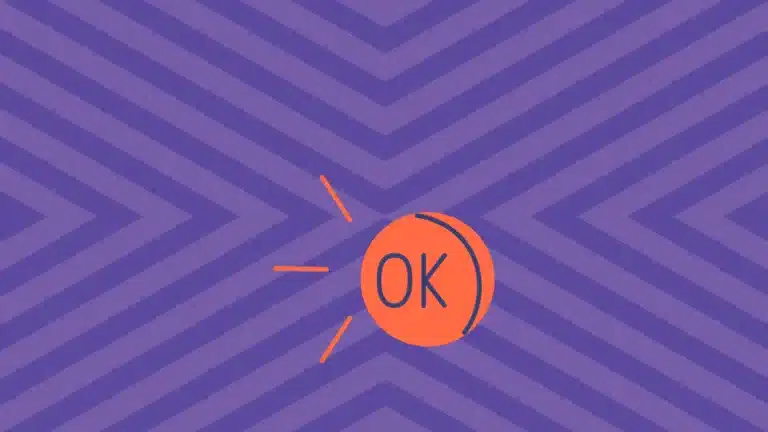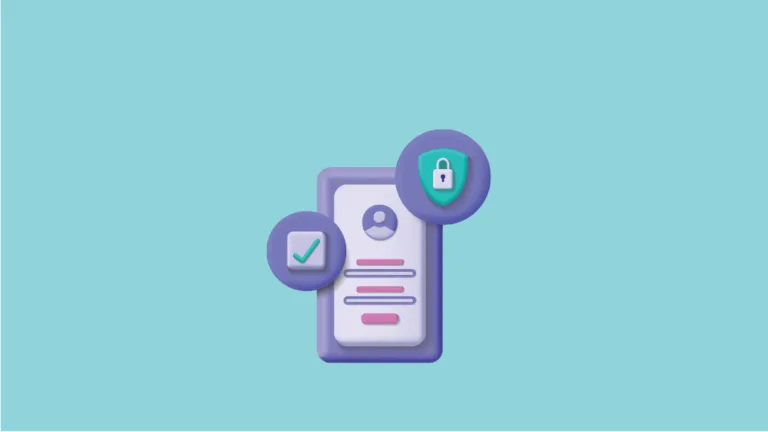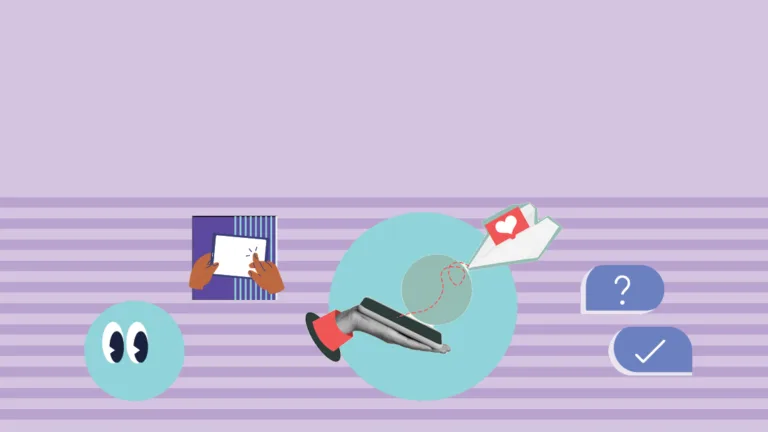Responding to a digital incident
Knowing how to respond to a digital incident and what first steps to take is essential to reducing further harm and minimising distress. Examples of incidents range from school fights, cyber bullying, inappropriate image sharing, privacy breaches and incitement to self-harm or harassment online. As well as reviewing Netsafe’s advice on responding to digital incidents…

Knowing how to respond to a digital incident and what first steps to take is essential to reducing further harm and minimising distress.
Examples of incidents range from school fights, cyber bullying, inappropriate image sharing, privacy breaches and incitement to self-harm or harassment online.
As well as reviewing Netsafe’s advice on responding to digital incidents on our new education website, please make sure that you follow the current processes set out by your school (including bullying policies).





